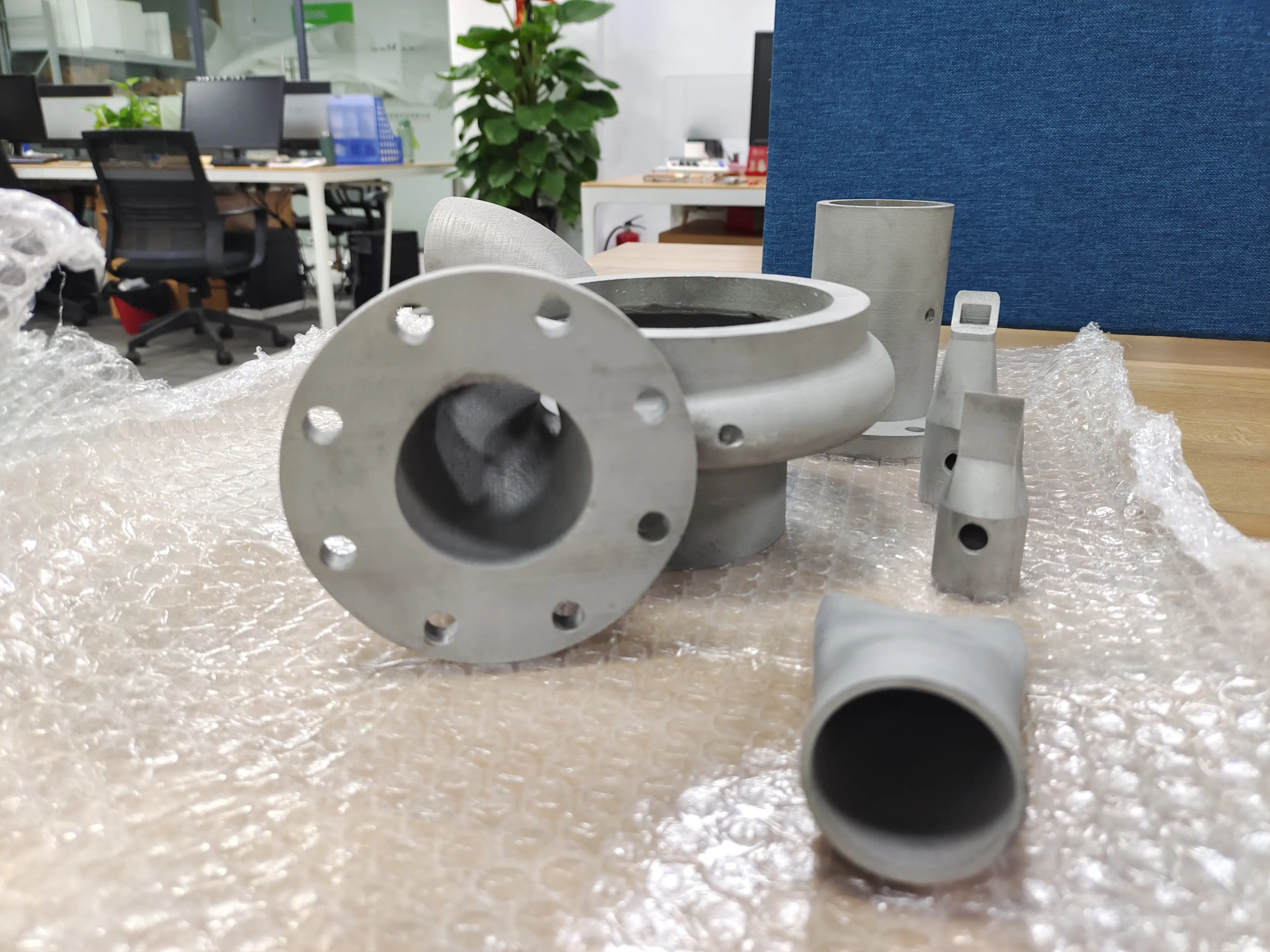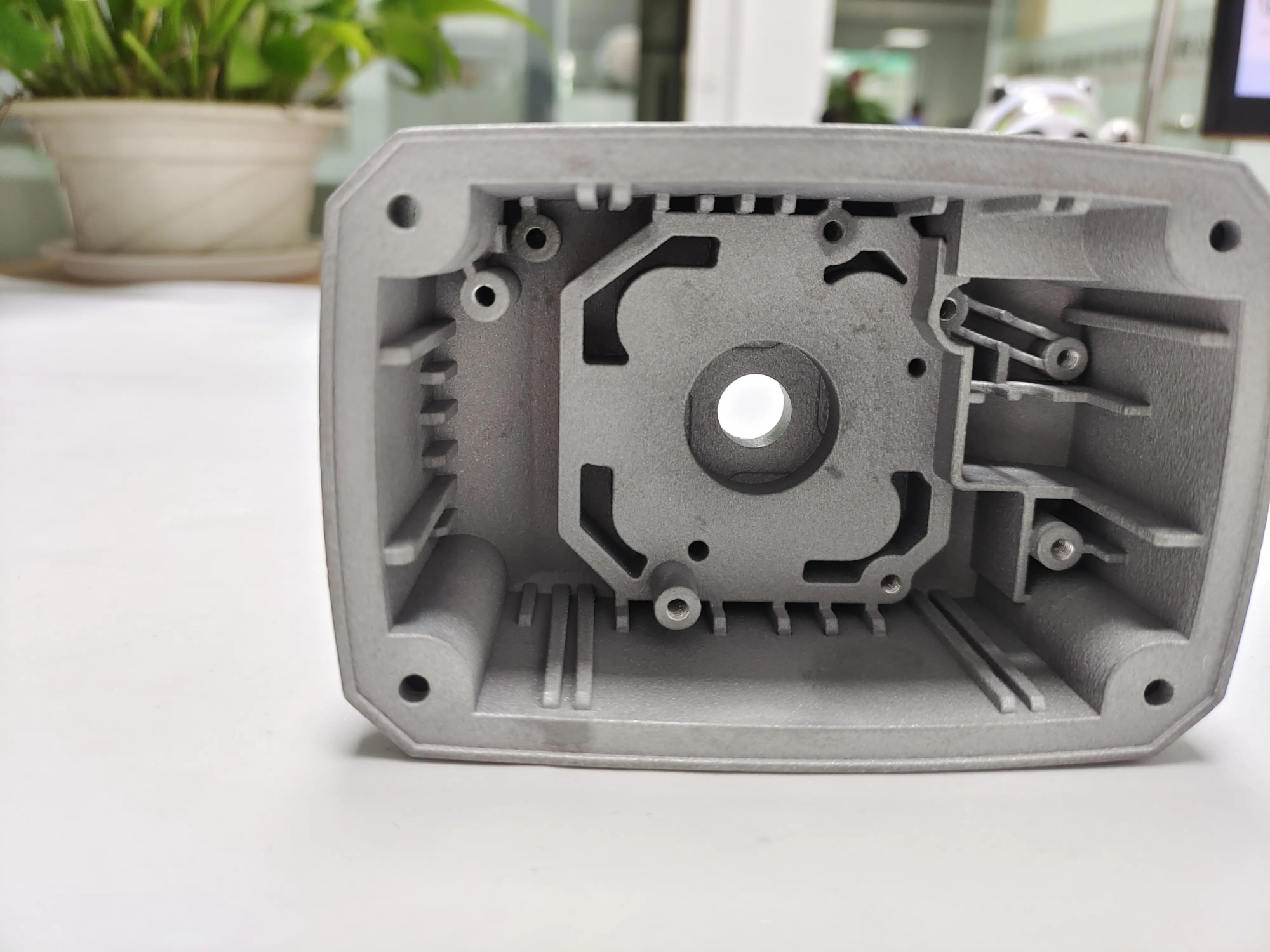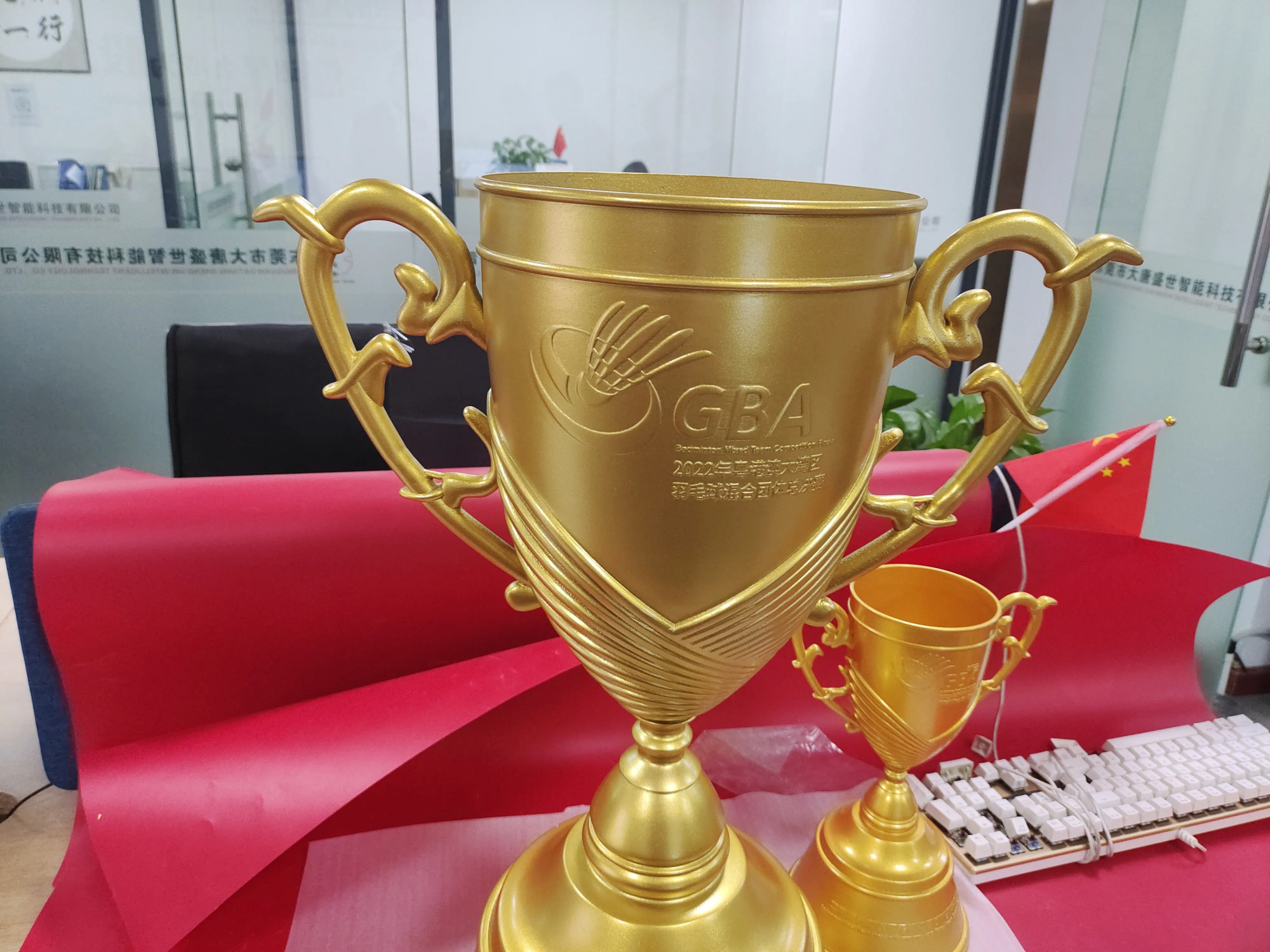On May 16, 2025, according to the resource library, Cadillac recently launched its latest flagship modelCelestiqOf which 130 games were manufactured thanks to 3D printing, which also provides the industry with a case of practical request which deserves to be paid attention.
Adjustment between personalization and manufacture of small lots
Cadillac Celestiq is a pure electric sedan with an official price of more than US $ 300,000, with world production of only 25 units the first year. Such a low production means that the high initial costs caused by traditional cycles of mold development and mold is difficult to amortize. In this premise, low dependence on mold and flexibility in the design of additive manufacturing show obvious advantages.
General Motors has developed more than 130 3D printed parts for Celestiq, covering several fields such as structure, safety, decoration and mounting supports. The types of materials include aluminum, stainless steel, nylon (PA11 / PA12), thermoplastic polyurethane (TPU) and polypropylene (PP), etc.
This set of applications not only proves the feasibility of 3D printing technology, but also shows that it has entered the stage of the manufacture of functional parts.
Laboratory transition route to industrialization
The verification of all 3D printed parts in the Celestiq project was completed by the Additive Manufacturing Center of General Motors (AIC) in Warren, Michigan. The center has complete capacity for the development of prototypes, process tests for cost assessment.
However, AIC’s responsibility is not to directly manufacture parts produced en masse, but to determine whether a specific part is suitable for the 3D printing process by verification of design and commercial evaluation, and once the verification, it will be given to the external supply chain for production.
This process has established a division of the “Research and frontal development + Back-End” research and work labor model to a certain extent, allowing additive manufacturing to be integrated into the process of developing automotive parts more effectively.
Case analysis of key parts
1. RHEAUX TRAPINE: Maximum printed parts in 3D metal
The steering wheel filling to Celestiq is the largest metal component of the universal print size to date and is made using powder bed fusion technology. Aluminum powder is built with a laser combustion structure layer by layer, and finally accuracy is cut by mechanical treatment. The component incorporates several backlighting icons and complex geometric details. It is difficult to manufacture in traditional processes, and the path of the process is actually simplified after the transition to 3D printing.
2 Safety belt guide ring: first used in structural safety parts
This component is located in the narrow B-Celestiq B-Pillaire area and is a structural safety component. Due to the special structure, there are no ready -to -use products available in the traditional supply chain. Engineers are made of stainless steel materials with 3D printing and are proven to meet the vehicle’s self-point loading requirements.
3 and 3 Decorative hidden pieces: Improve personalized design space
The metal bonding jet technology is also used in more hidden places in the car, such as the metal anchor point of the passenger’s handle. This process first fixes the metal powder with a binder, then performs a sipper. The component incorporates decorative patterns inside, which also reflects the capacity of 3D printing in microstructure and in aesthetic shape.
4. Invisible plastic structural parts
Structural components, including ultrasonic sensor supports, sides of the glove box, etc. consist of 3D printing of polypropylene material.
In the case of the glove box, the original evaluation believed that the cost was relatively high, but since the traditional mold had to develop two versions, it was ultimately verified that 3D printing had higher efficiency and made 27 optimization iterations.
Expand the trends in application and industry
While Celestiq represents an extremely small high -end high -end case, GM is also gradually introduced 3D printing in medium and high volume projects. For example: Blackwing CT4-V / CT5-V: a production of approximately 3,000 vehicles per year, including 3D printed speed changes, air conditioning ducts and wiring beam supports.
There is also an emergency repair of the SUV tail wing: a certain SUV needs emergency improvement due to the tail sealing problems. It uses powder fusion technology to print 60,000 replacement parts within five weeks, avoiding millions of dollars in losses.
In addition, 15 factories for general use have deployed 3D printers at office level for on -site production of auxiliary manufacturing tools such as tools and lights, positioning of molds, etc. Although it is slow, it does not require high risk operation of powder and is suitable for the rapid response in workshop sessions.
From the verification period to structural deployment
The Cadillac Celestiq project shows that 3D printing is no longer limited to the verification of the design or the stage of the sample, but inIn scenarios with high personalization, a low output, a complex structure or an urgent development cycleBecome a practical and competitive manufacturing method.
Supported by industrial verification platforms and stable material systems, 3D printing is gradually moving to on-board systems for the manufacture of automobiles and could become one of the main processes in the future.
In the short term, it is unlikely that 3D printing replaces traditional processes such as injection molding and the casting of the matrix in high -performance models, but its role will become more and more important motivated by the requirements of “flexible manufacturing” and “response to zero inventory”.
For the 3D printing industry, the manufacture of the automobile becomes another pillar of stable application after aerospace and medical care.





